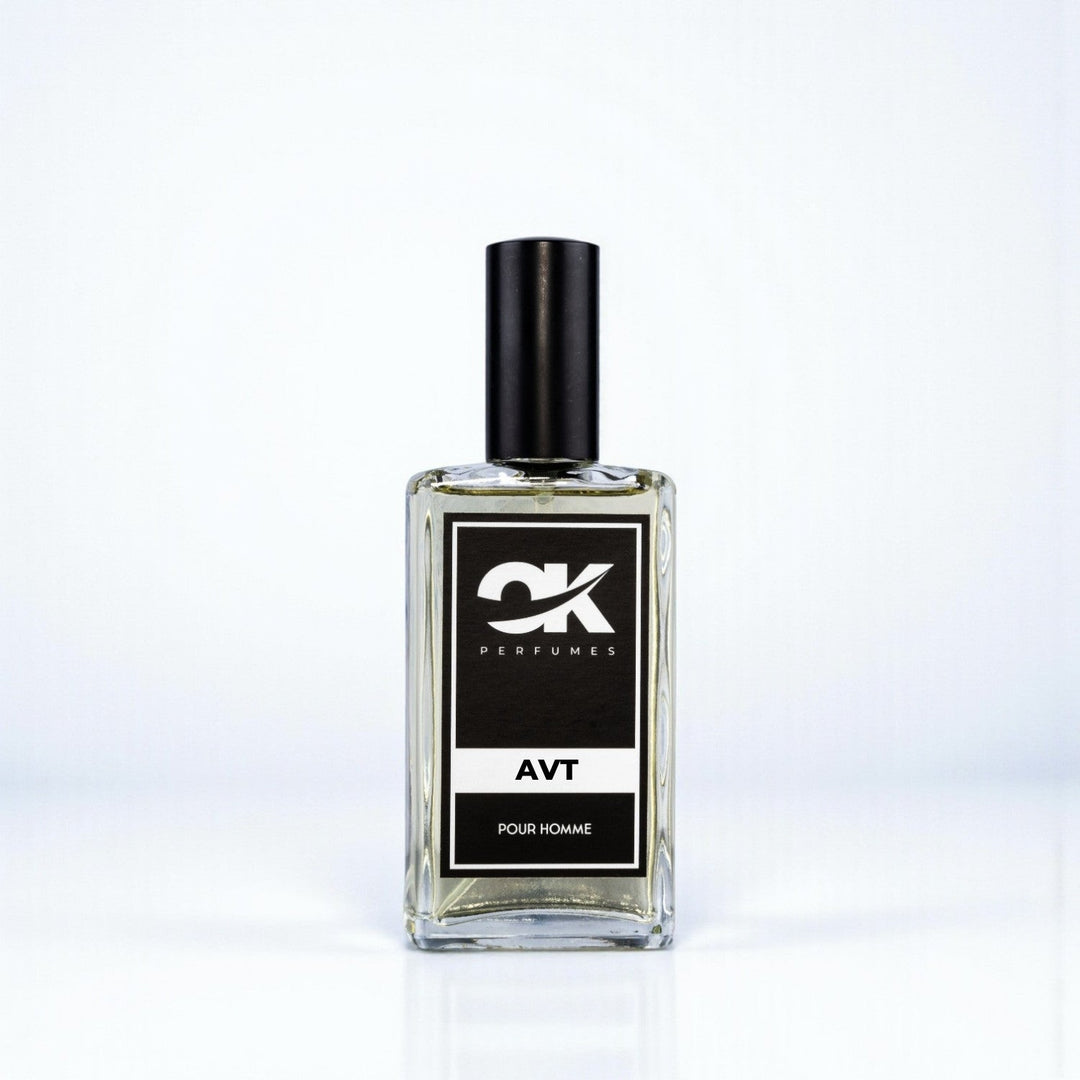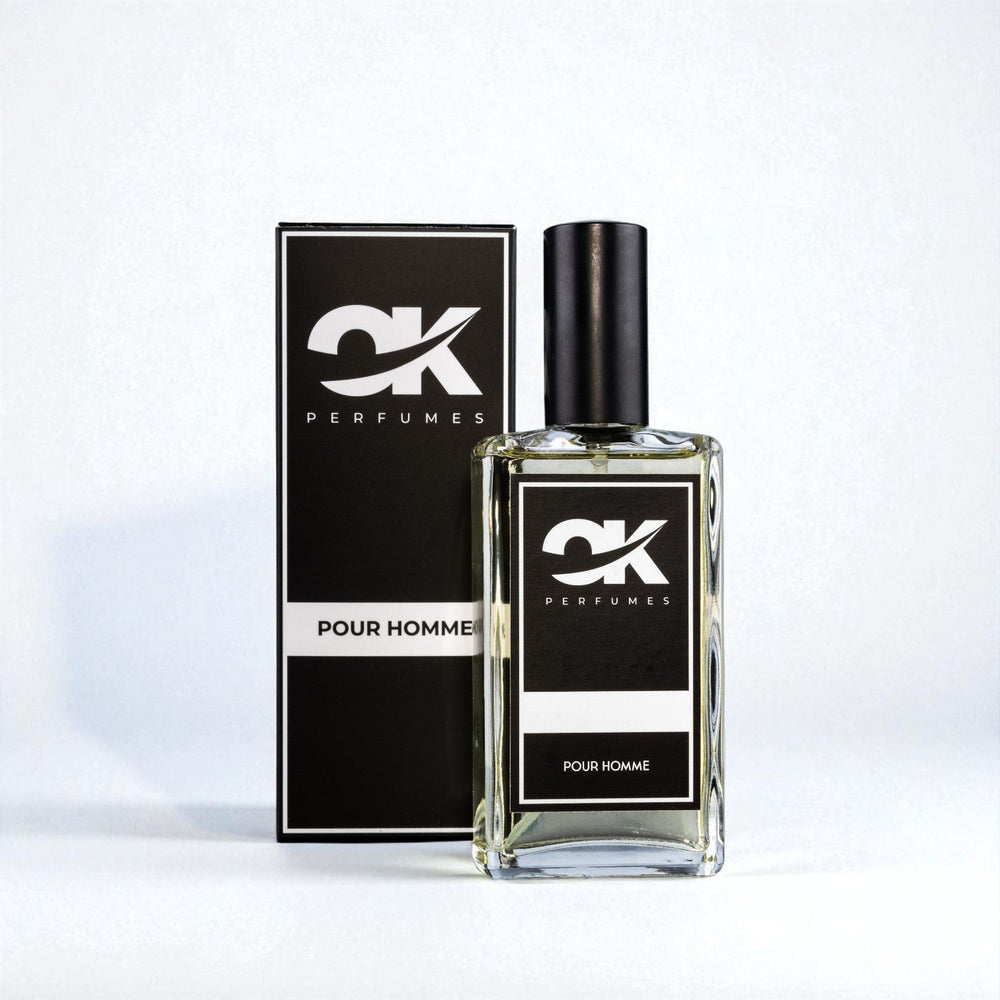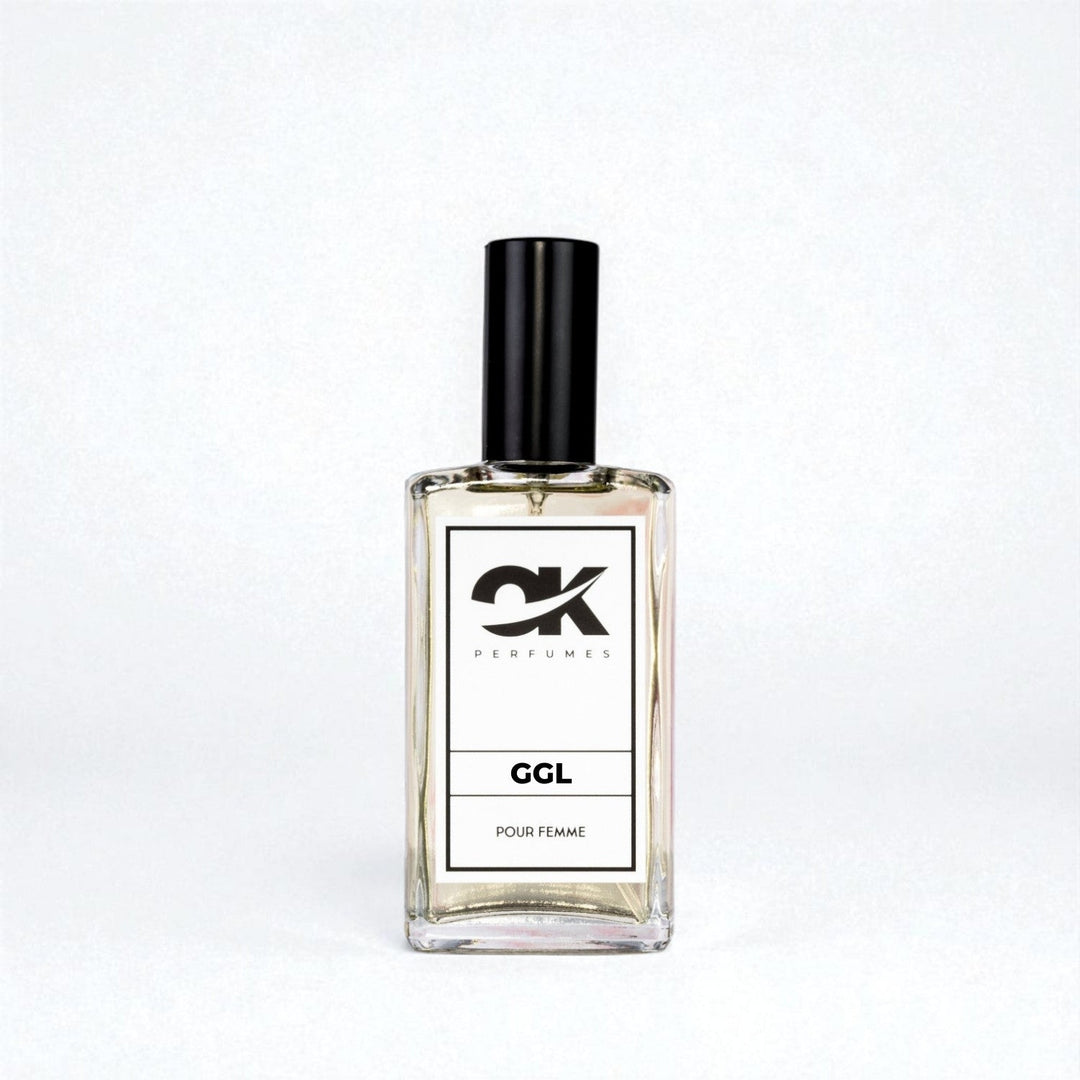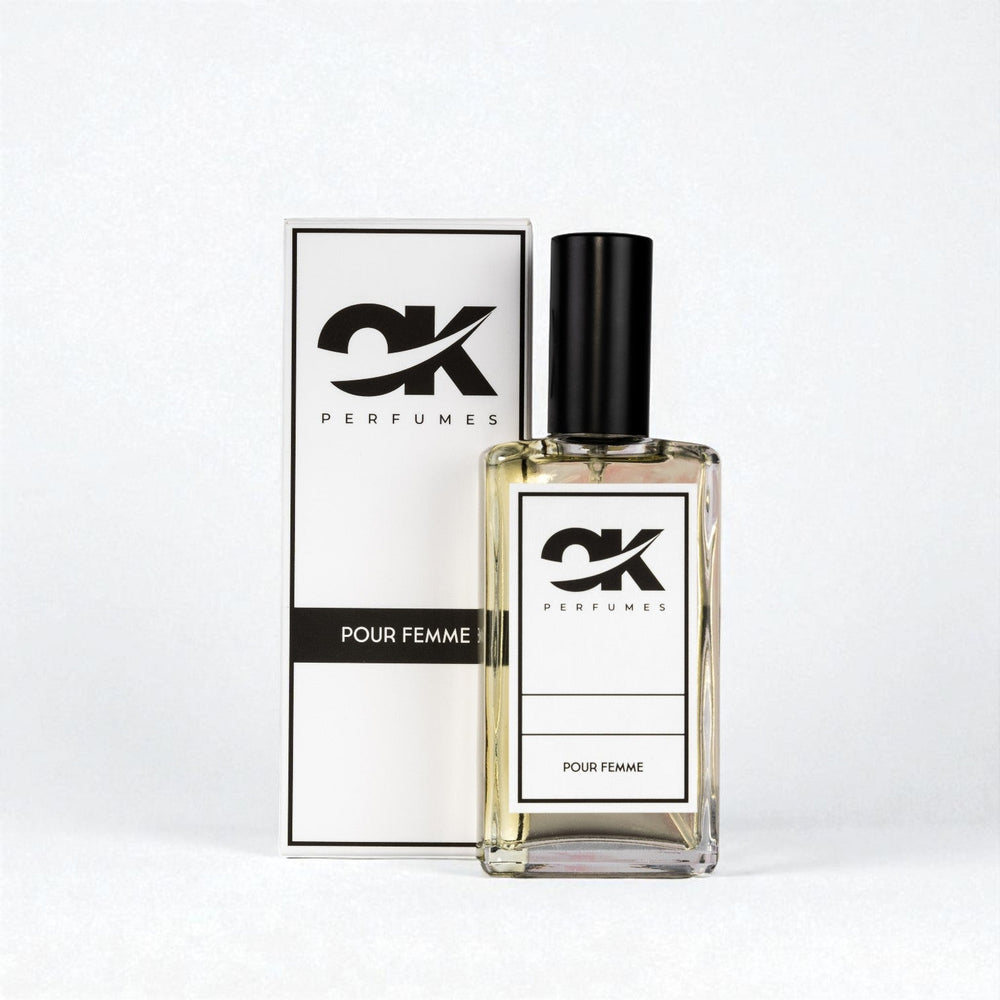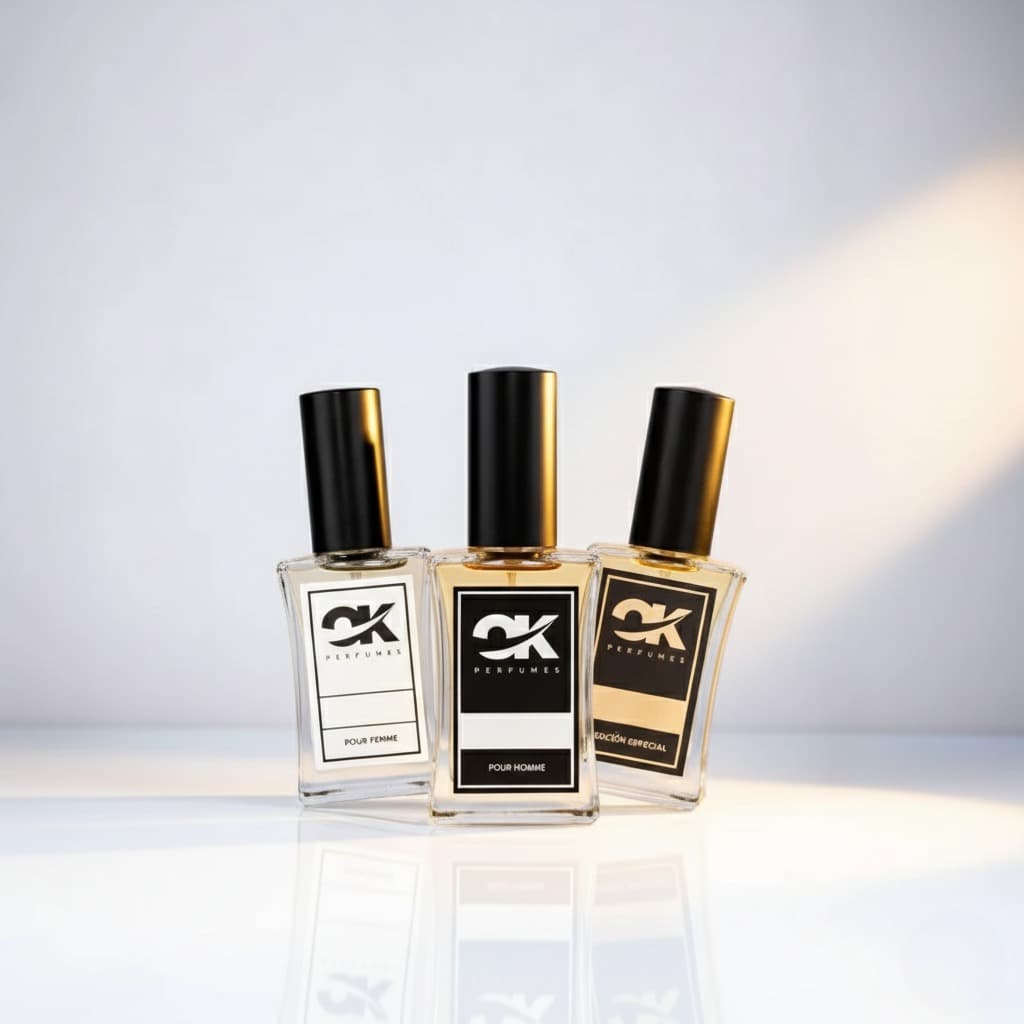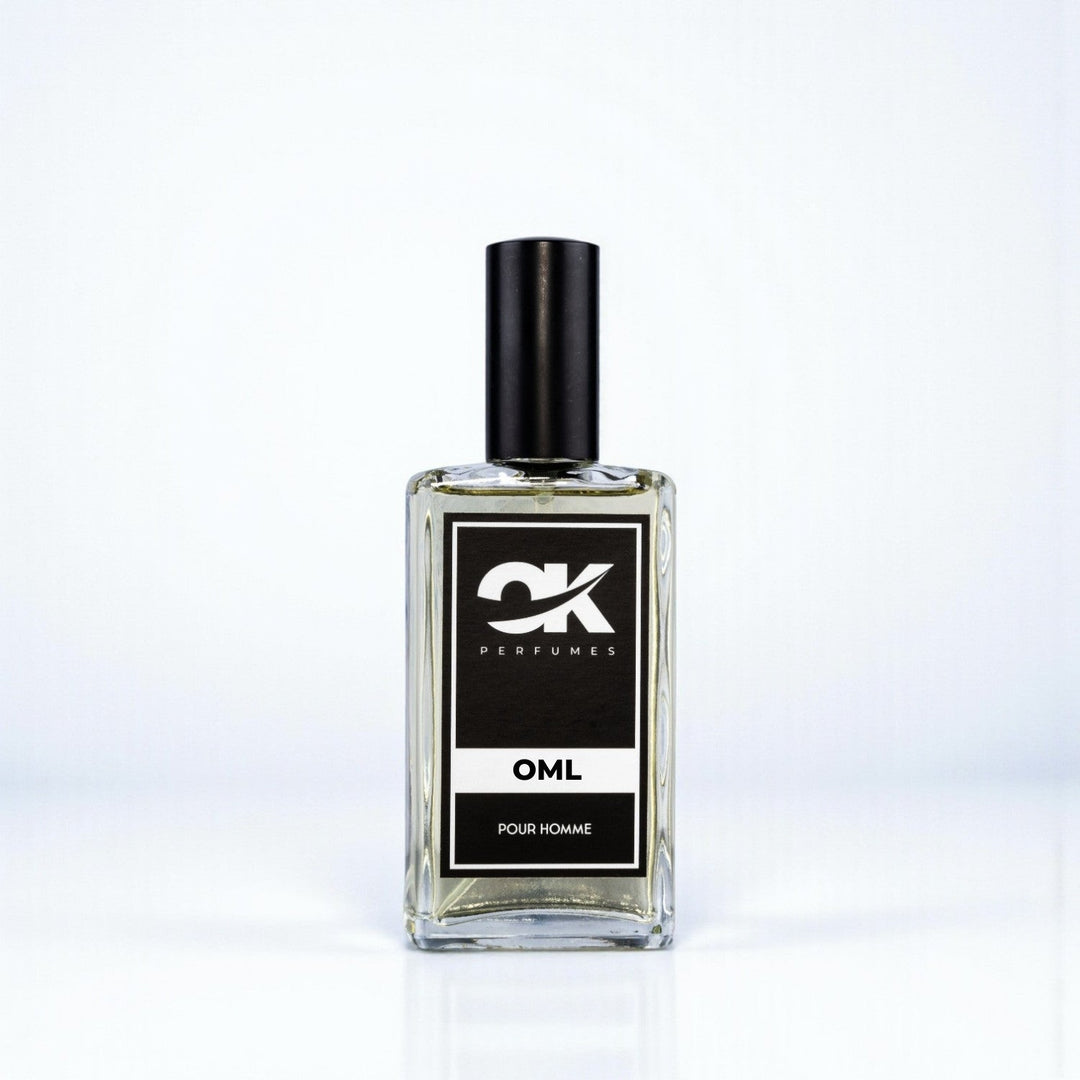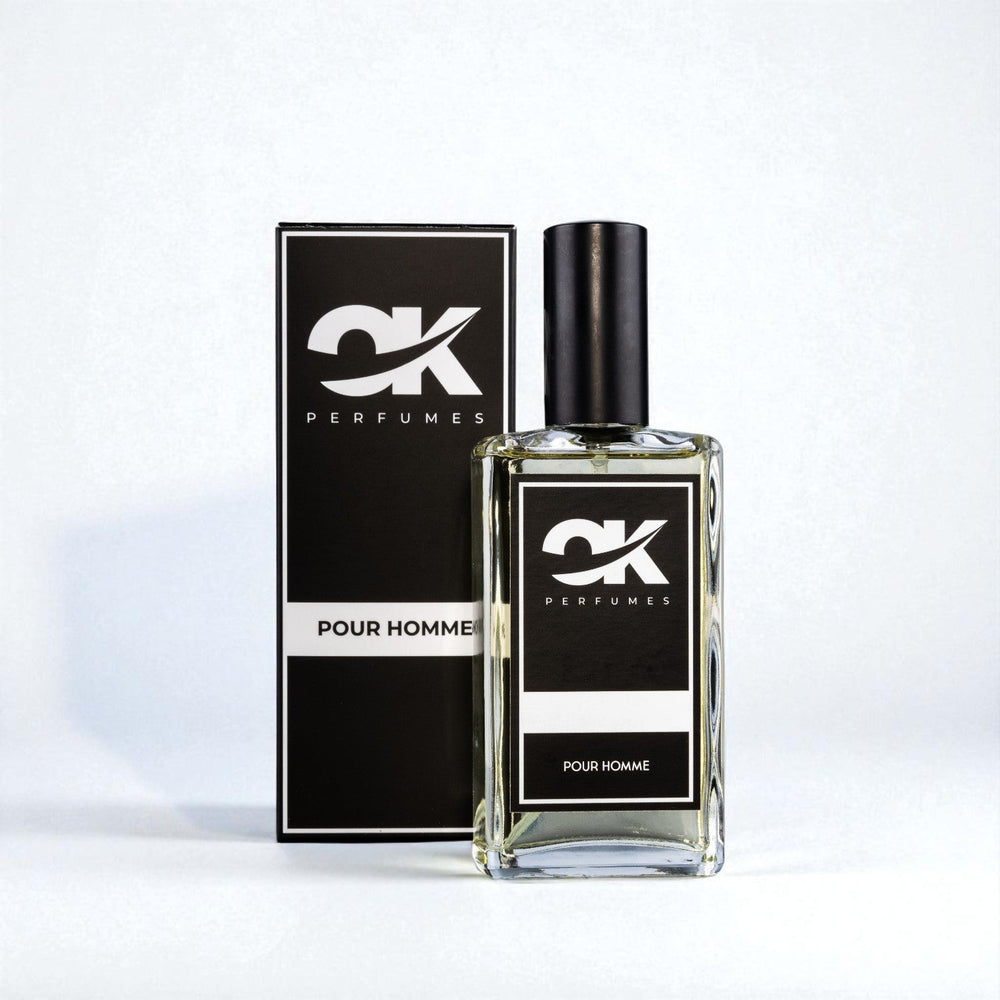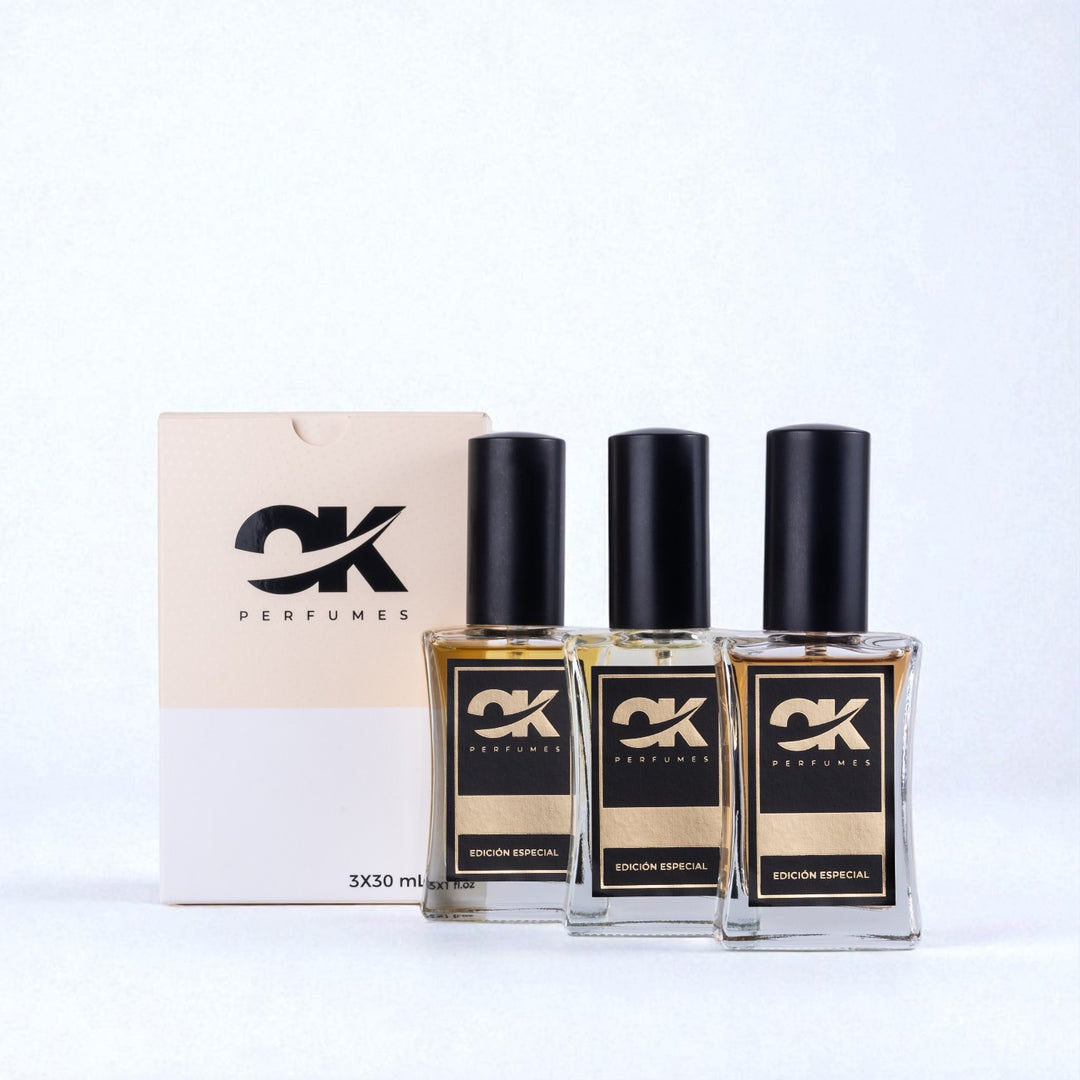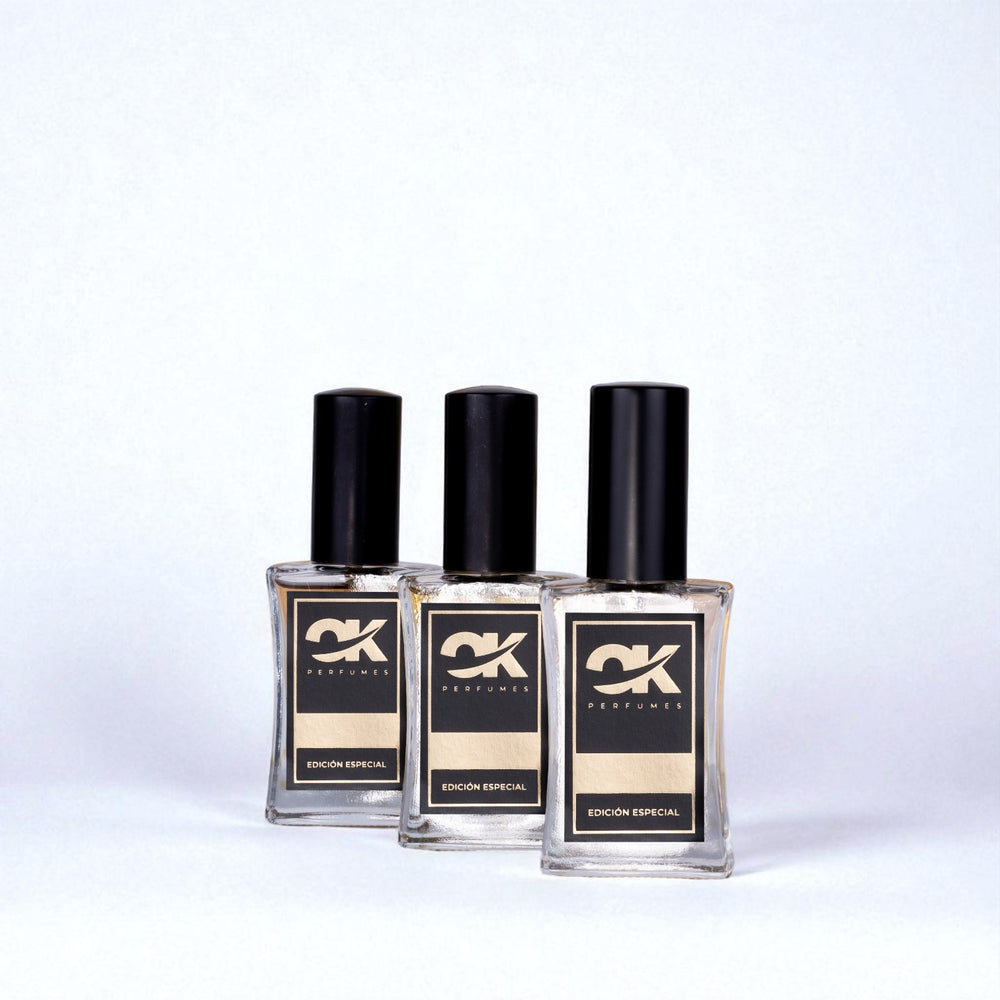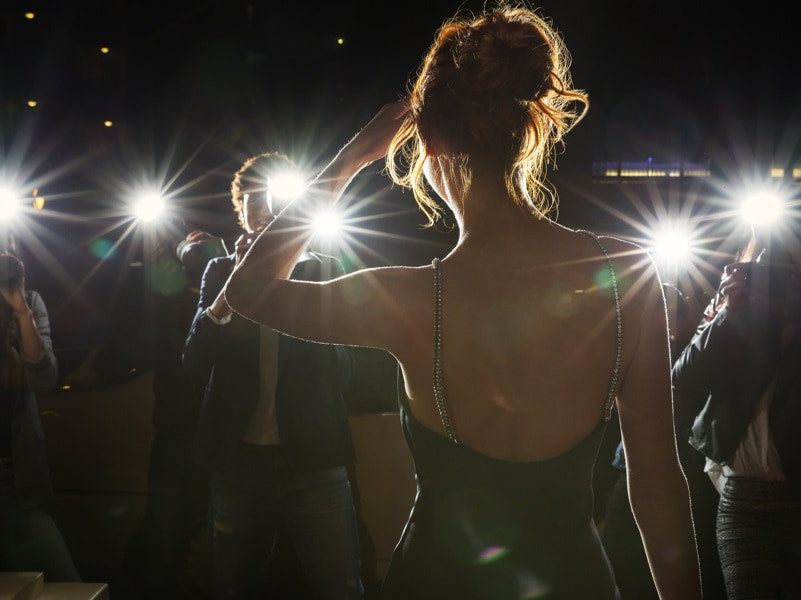The Art of Perfumery: Techniques and Processes that Define Elegant Fragrances
Perfumery is an art form that has captivated humanity for centuries. Since ancient times, the creation of perfumes has been viewed not only as a technical process but also as a form of personal and cultural expression. In this article, we'll explore the fascinating world of perfumery, breaking down its techniques, its processes, and what makes a perfume truly elegant.
The History of Perfumery
The art of perfumery dates back to ancient civilizations, such as the Egyptians, where aromatic oils and resins were used in rituals and ceremonies. The Egyptians were pioneers in essence extraction, and their legacy has endured to this day. As perfumery spread throughout the world, different cultures began to develop their own techniques and styles, leading to a rich diversity in the art of fragrance creation.
Perfumery in the Ancient World
In the ancient world, perfumery was not only used for aesthetic purposes but also had medicinal and spiritual purposes. In Egypt, perfumes were associated with religious rituals, while in Greece and Rome, they were used both for personal care and to mask unpleasant odors. Over the years, techniques have evolved, but the essence of the art remains the same.
The Main Techniques of Perfumery
Creating an elegant perfume requires mastery of several techniques used to extract and combine fragrances. Here, we'll explore some of the key techniques used in the perfume industry.
Extraction of Essences
One of the most critical steps in perfume creation is the extraction of aromatic essences. Perfumers employ several techniques, including:
- Distillation: This is the most common method for obtaining essential oils. It involves heating the plants and collecting the vapor, which turns into liquid as it cools.
- Solvent extraction: This process uses chemical solvents to dissolve the fragrances of flowers or plants, and is especially useful for delicate flowers that cannot tolerate heat.
- Enfleurage: A traditional method that involves placing fresh flowers in fats to absorb their scents. This process is laborious and less commonly used today.
Fragrance Composition
Once the essences have been extracted, the next step is the composition of the fragrance. This requires a deep understanding of the notes that make up a perfume. The notes are divided into three categories:
- Top notes: These are the first impressions you get when applying a perfume. They are usually fresh and light.
- Heart notes: These notes emerge once the top notes evaporate and are the heart of the perfume. They offer depth and character.
- Base notes: These are the notes that linger on the skin the longest. They tend to be heavier and more complex, like amber or sandalwood.
The Process of Creating a Perfume
The process of creating a perfume involves several stages that must be carefully orchestrated to achieve a balanced and appealing fragrance.
Research and Conceptualization
Before beginning to blend fragrances, perfumers conduct extensive research to determine what type of perfume they want to create. This includes studying market trends, consumer tastes, and the concept they wish to convey. Imagination is one of the most powerful tools at this stage.
Fragrance Formulation
Once you have a clear concept, it's time to formulate the fragrance. This is where perfumers use their knowledge of notes and their combinations to create a unique olfactory experience. This stage can require multiple tests and adjustments, as every small variation can drastically change the result.
Perfume Maturation
Once the formula has been developed, the perfume must mature. This process allows the notes to blend properly. Maturation can last from a few weeks to several months, depending on the ingredients used. This step is crucial to achieving a harmonious and elegant final fragrance.
The Importance of Choosing the Right Ingredients
The secret to creating the best perfumes lies in the careful selection of ingredients. The quality of the ingredients directly influences the final result. Below, we'll explore some of the most commonly used ingredients in perfumery.
Natural vs. Artificial Essences
When creating perfumes, perfumers can choose between natural and synthetic essences. Natural essences come from plants, flowers, and spices, while synthetic essences are created in laboratories. Both have their advantages and disadvantages:
- Natural essences: They provide authenticity and a rich olfactory experience. However, they are more expensive and can be unstable in their aroma.
- Synthetic essences: These are more economical and allow for greater control over production. They can also create fragrances not found in nature.
The Most Popular Notes on ggi -gentleman-intense- ggi -gentleman-intense-givenchy-man">givenchy -man">Elegant perfume
To achieve a truly elegant perfume, choosing the right notes is essential. Some of the most popular notes in perfume creation include:
- Rose: Considered the queen of flowers, its fragrance is intense and romantic.
- Jasmine: Provides an exotic and sensual sensation, adding depth to any fragrance.
- Vanilla: Its comforting sweetness makes it a favorite among many fragrances.
The Influence of Culture on Perfumery
Perfumery is not only a technical art but also deeply influenced by culture. Different regions have unique olfactory preferences that reflect their history, climate, and traditions.
Fragrances of the East vs. West
Eastern fragrances tend to use ingredients like amber, musk, and spices, creating warmer, more sensual scents. In contrast, Western fragrances tend to be fresher and more floral, emphasizing notes like bergamot and jasmine. This cultural diversity in perfumery offers a rich and varied range of options for consumers.
A Glimpse into the Future of Perfumery
As we move toward a more environmentally conscious future, the perfume industry is also adapting. Current trends include the search for sustainable ingredients, cleaner production techniques, and a focus on fragrances that reflect a connection with nature.
Sustainable Perfumery
One of the most exciting developments in the field of perfumery is the rise of sustainable perfumery. This involves not only the responsible sourcing of ingredients, but also practices that minimize environmental impact. Perfumery brands are beginning to embrace this philosophy, allowing consumers to enjoy elegant fragrances while caring for the planet.
The Technology and Art of Perfumery
Technological innovation is also changing the way fragrances are created. Artificial intelligence and advanced chemistry are allowing perfumers to explore new combinations and develop entirely new scents that were previously unimaginable. However, the essence of the art of perfumery remains human creativity, which cannot be replaced by machines.
The Charm of Perfume in Everyday Life
Ultimately, perfumery isn't just about creating fragrances; it's an art form that accompanies us in our daily lives. A good perfume has the power to evoke emotions, memories, and even influence others' perceptions of us. It's an extension of our personality.
How to Choose Your Ideal Perfume
When choosing a perfume, it's crucial to consider not only the fragrance you like best, but also how it fits with your lifestyle and personality. Here are some tips for finding your ideal perfume:
- Test before you buy: It's always a good idea to test a perfume on your skin, as individual chemistry can alter the scent.
- Categorize your preferences: Think about what types of fragrances (fresh, floral, woody) you enjoy the most.
- Create a collection: Don't limit yourself to just one perfume; explore different fragrances to suit different occasions.
As you delve deeper into the art of perfumery, you'll discover that each fragrance tells a story. That's the beauty of this art: the ability to capture moments, emotions, and experiences in a bottle. Perfumery isn't just a luxury; it's a form of expression that elevates the everyday to the extraordinary. So, advertise in the world of perfume and explore the endless possibilities this fascinating art offers.
Please feel free to visit one of our fellow Shopify user's stores by clicking here . Kindly note that this is a promotional link, and we cannot be held responsible for the content of the linked store.




